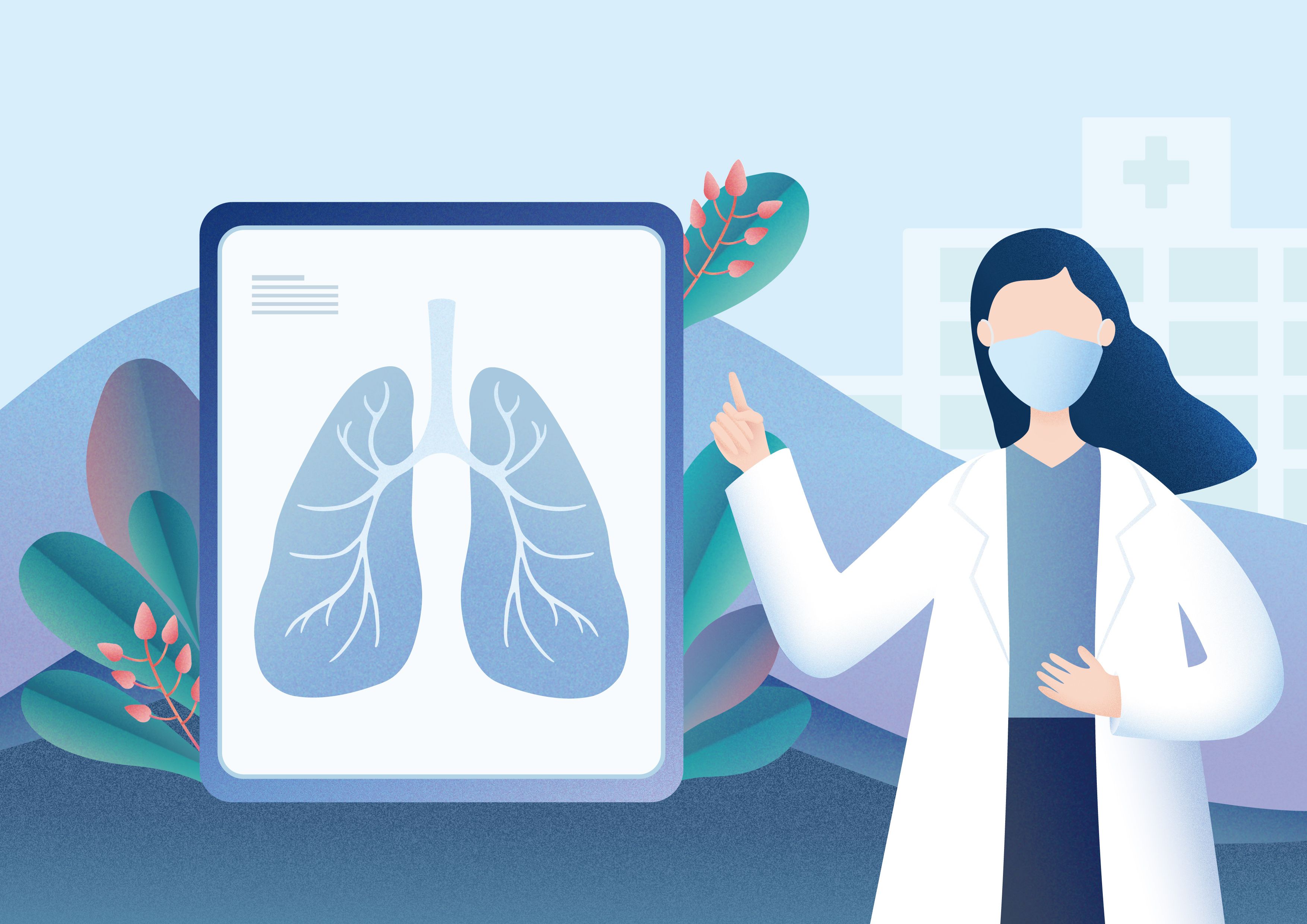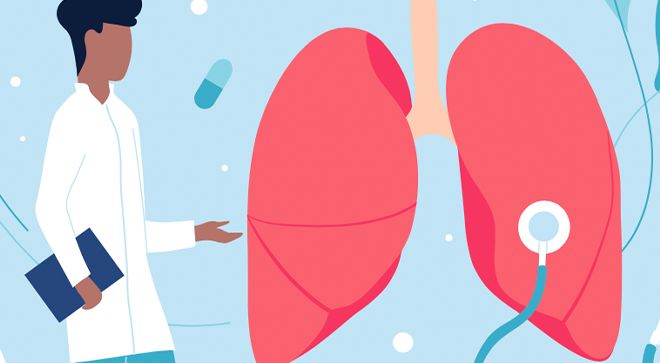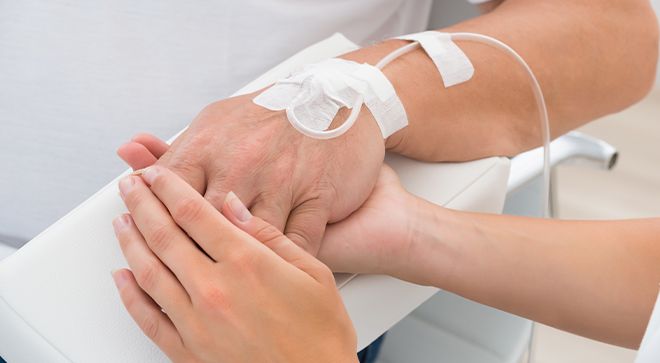Video
Confirming Lung Cancer Diagnosis With Tissue Biopsy
Transcript: Philippa Cheetham, M.D.: One final question before we wrap up this segment. You’ve talked about how important a tissue diagnosis is by getting a lung biopsy. Just tell me a little bit about how that’s done. So many of our patients these days are on blood thinners, Coumadin, aspirin, warfarin, Plavix. There’s many more out there. Is it possible to do a biopsy if somebody’s on blood thinners, and do they need to stop those? What happens if you can’t stop your blood thinner, and how do you diagnose lung cancer without a biopsy or even with a biopsy? And what does a biopsy actually involve for the patient?
Edward Kim, M.D., FACP: We biopsy tumors in two different manners. One would be through a pulmonologist who would use a bronchoscope. That is a thin sort of long device that would go down your mouth into the lungs, through your airways.
Philippa Cheetham, M.D.: So the patient’s asleep for this I assume.
Edward Kim, M.D., FACP: They’re sedated, yes. And then they will identify the area under some radiographic guidance, or there’s visualization, and then they will insert a biopsy needle at that point.
Philippa Cheetham, M.D.: And that’s usually day case, quick procedure, yes.
Edward Kim, M.D., FACP: Day case, yes. You’re a little groggy afterward and a little sore in the throat because that’s where the irritation is, and that’s one technique. The other technique is used by interventional radiology. This is a radiologist who puts you on a table. Many times you are lying face down. You are awake during the procedure with some local anesthetic, and they use a CT [computed tomography] scan to actively place a needle from the outside of your chest into the chest. The biggest risk there is that you could puncture your lung.
Philippa Cheetham, M.D.: Sure.
Edward Kim, M.D., FACP: Drop your lung; it does happen 10 percent or less of the time. But it is another way of accessing the tumor to try and get tissue. And we would always try to take the distance of shortest approach.
Philippa Cheetham, M.D.: Right. So the location is what determines which technique is used. You talked about the concern of potentially the lungs being punctured by these biopsies. But as professionals who do this all day every day, it’s a potential recognized complication. But if that happens, there’s a “get out of jail” card, yes?
Edward Kim, M.D., FACP: Yes, we have ways to remediate that.
Philippa Cheetham, M.D.: Is that highly likely? Or what’s the percentage risk of that?
Edward Kim, M.D., FACP: Ten percent or less. Again, I think when we start explaining about informed consent, it’s important to tell you everything that can happen. And what I’ll sometimes tell my patients is, “If I give you informed consent of you driving home today, you would be so terrified of wanting to get in your car and drive home.” It’s the same sort of scenario. So I think it’s very important to contextualize these things.
Philippa Cheetham, M.D.: Sure.
Edward Kim, M.D., FACP: You need to get to work somehow. We need to get tissue somehow.
Philippa Cheetham, M.D.: And just to finish off the question about blood thinners and biopsy.
Edward Kim, M.D., FACP: So many times we will see patients on blood thinners. It’s important to let whoever is doing the procedure know that at your first visit. And you will need to hold those. Now, there are some folks, as you say, who have heart conditions that require chronic anticoagulation. They can many times be converted to a shorter-acting anticoagulant before the procedure. For instance, if you’re on an enoxaparin or Lovenox, you can just stop that the night before, and it’s fine.
Philippa Cheetham, M.D.: Right.
Edward Kim, M.D., FACP: If you’re on things, like you say, such as aspirin or Coumadin, it does take about a week to clear that out of the system.
Philippa Cheetham, M.D.: So the patient gets the biopsy and then obviously they need to follow up to get those biopsy results. How quickly usually do you get results back from a lung biopsy?
Edward Kim, M.D., FACP: We usually like to say about three to five days.
Philippa Cheetham, M.D.: So quickly.
Edward Kim, M.D., FACP: I don’t mind rushing a radiologist because nothing changes. They have the image in front of them. I don’t like to rush a pathologist because many times if they’re not sure, then they need to send additional tests.
Philippa Cheetham, M.D.: OK, well that was phenomenal information. We talked about the biopsy being key. Any other tests that you do to try to distinguish small cell versus non-small cell, or is all that information obvious once you’ve got the biopsy results in front of you?
Edward Kim, M.D., FACP: Yes, we want to get the biopsy, we want to image everything from the brain to the bones, and we would do that for both tumor types.
Transcript Edited for Clarity




